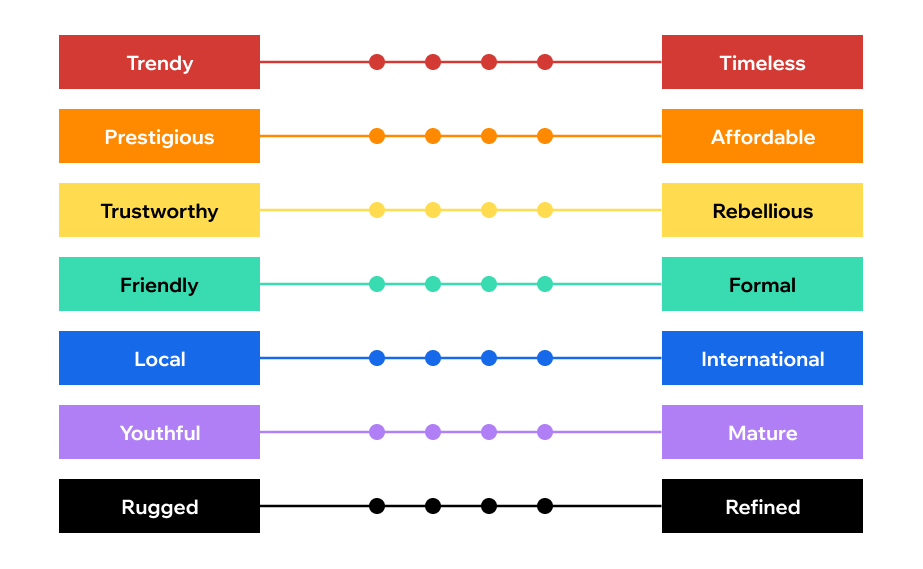In the world of branding, color plays a vital role in shaping perceptions, evoking emotions, and establishing a memorable identity. Whether you’re launching a new business or looking to refresh your brand image, selecting the right colors is a critical step in building a cohesive and impactful brand identity. In this article, we’ll explore the importance of color in branding and provide practical tips for choosing the perfect palette for your brand.
What Are Brand Colors?
Brand colors are a palette of around five to ten colors that are used to represent a certain company. A consistent and strategic application of brand colors can increase brand awareness and recognizability.
Choosing Your Brand Colors:
1. Establish Your Brand Identity:
The colors of your brand reflect your brand identity, aligning with your values, messaging, and storytelling. Define your brand identity by composing a list of adjectives that describe your company’s character and personality.
2. Explore Color Meanings:
Look into color theory and psychology principles to understand the meanings behind different colors. Consider the cultural and industry associations of colors to ensure they resonate with your target audience.
3. Search for Inspiration:
Browse competitors’ color palettes and online color palette generators for inspiration. Conduct market research and gather feedback from focus groups to understand how people respond to different colors.
4. Pick Your Primary Color:
Choose a single color that best embodies your business based on color meanings. Experiment with different shades and tints to find the perfect look.
5. Choose Your Secondary Colors:
Select two to four colors that complement your primary color. Consider analogous, monochromatic, or contrasting color schemes to enhance your brand’s visual appeal.
6. Select Neutral Colors:
Incorporate neutral colors, such as white, black, and shades of gray, to balance your color palette and ensure legibility in text and background elements.
7. Test Your Brand Colors:
Test your color palette in different combinations to ensure they complement each other and convey your intended message. Use online tools to check color contrast for accessibility.
Conclusion:
Choosing the right colors for your brand is a strategic process that requires careful consideration of your brand identity, target audience, and industry trends. By following the steps outlined in this guide and gathering inspiration from successful brand examples, you can create a cohesive and impactful color palette that resonates with your audience and strengthens your brand identity.





























